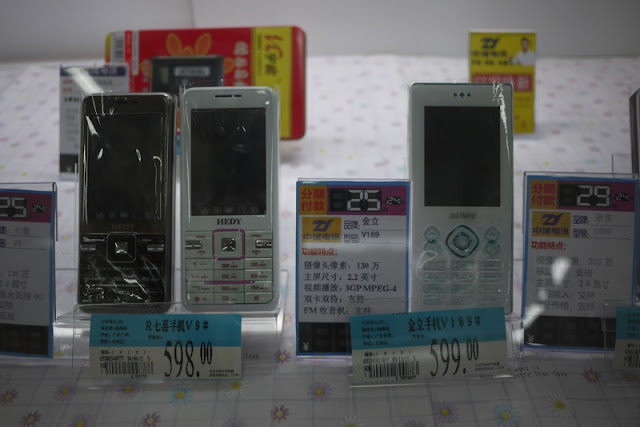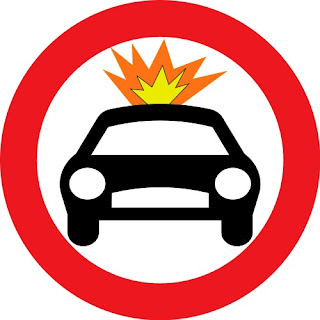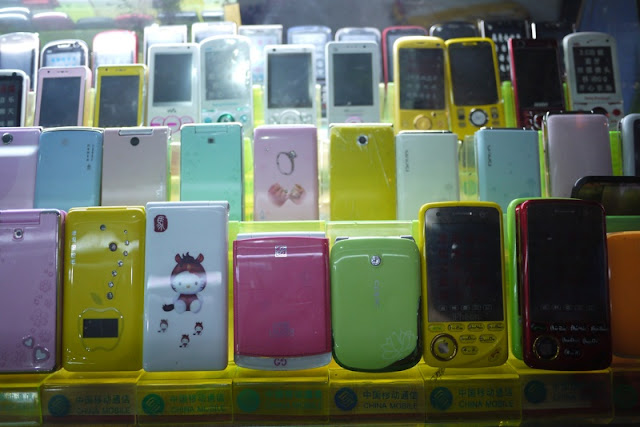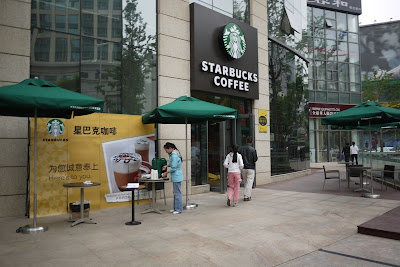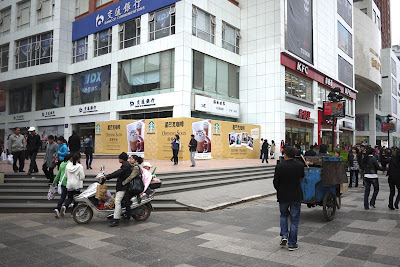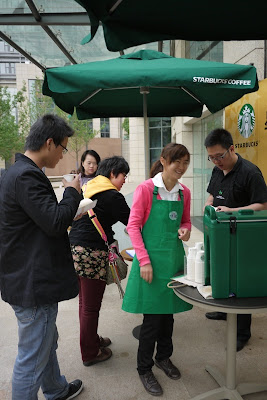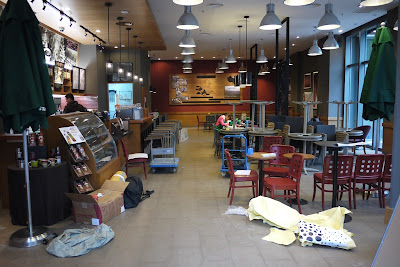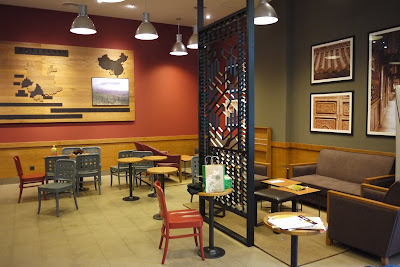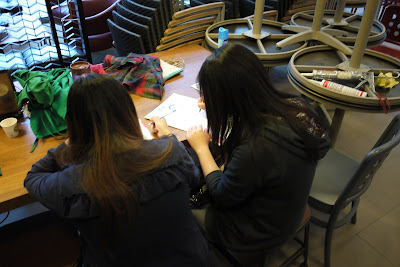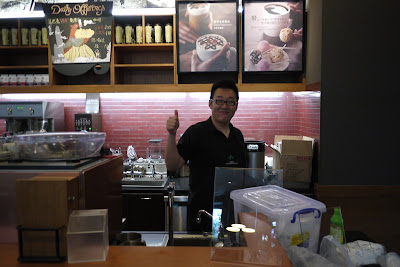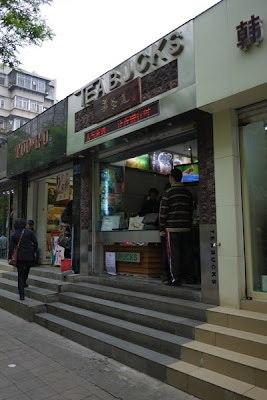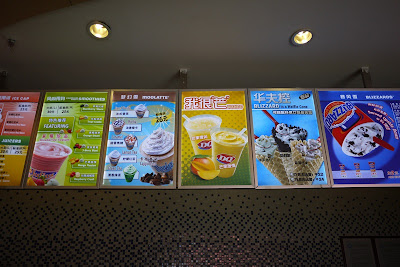I'll continue on the theme of bird meat from the previous post, but this time in a way that involves no photos of blood or birds soon to meet their end.
At an intersection in a central shopping district in Yueyang, Hunan province there is a KFC and a McDonald's right across the street from each other. On Thursday evening when I looked inside this is what I saw at KFC:
And this is what I saw in McDonald's:
In short, many more people were lined up at the KFC. One could now think, "Maybe McDonald's is more efficient serving customers so the lines are shorter." Well, even in other parts of the restaurants it was clear there were far more people at the KFC. While this is just one night in one city, it represents KFC's very successful presence in China.
As noted earlier this year by William Mellor in an article on Bloomberg about KFC in China:
There's more I could say on the issues KFC raises regarding localization but I'll save that for another day. For now, I'll just be content that I think I've wrapped up the bird meat theme for now.
At an intersection in a central shopping district in Yueyang, Hunan province there is a KFC and a McDonald's right across the street from each other. On Thursday evening when I looked inside this is what I saw at KFC:
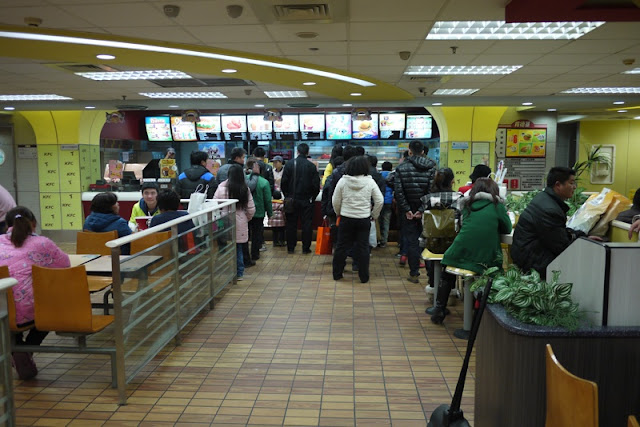 |
| KFC |
And this is what I saw in McDonald's:
 |
| McDonald's |
In short, many more people were lined up at the KFC. One could now think, "Maybe McDonald's is more efficient serving customers so the lines are shorter." Well, even in other parts of the restaurants it was clear there were far more people at the KFC. While this is just one night in one city, it represents KFC's very successful presence in China.
As noted earlier this year by William Mellor in an article on Bloomberg about KFC in China:
In its home market, the U.S., KFC is struggling, an also- ran to McDonald’s Corp., the world’s biggest restaurant company, and feuding with some of its own franchisees over how to halt declining profits.The article argues that part of KFC's success is due to how it localized some of its offerings. This point helps provide a sense of just how much of an effort has been made:
In China, KFC has achieved such dominance over McDonald’s and local rivals that Colonel Harland Sanders’s image is a far more common sight in many Chinese cities than that of Mao. That accomplishment is striking in a country where foreign companies often stumbled and ran into roadblocks in the past.
While fast-food restaurants in the West often host kids’ birthday parties, KFCs in Urumqi, capital of the Xinjiang autonomous region that’s home to the Muslim Uyghur people, advertise parties for the families of boys who have just undergone the religious ritual of circumcision.While I don't think there were any circumcision parties at the KFC in Yueyang (which is far away from Xinjiang) while I was there, the menu was the typical China-localized version I've seen in many other regions of China (read the article for more on the localizations made by KFC or see KFC's products on their Chinese website here). Ironically, one of the chicken sandwiches offered by KFC in China, and not in the US, is the "New Orleans Roasted Burger". I'm not sure what it has to do with New Orleans, but I like it and apparently so do many Chinese.
There's more I could say on the issues KFC raises regarding localization but I'll save that for another day. For now, I'll just be content that I think I've wrapped up the bird meat theme for now.






